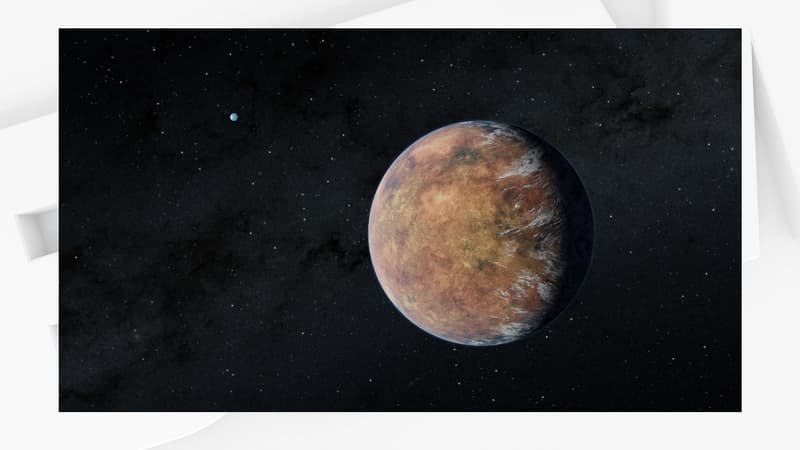TOI 700 e, a potentially “habitable” exoplanet discovered. Scientists working for NASA’s Transiting Exoplanet Survey Satellite (TESS) mission announced Tuesday that they have identified a new exoplanet about 100 light-years from Earth, in the constellation Dorade.
Named TOI 700 e, this exoplanet is in the same constellation as three exoplanets, already identified by this mission, that revolve around a dwarf star named TOI 700: TOI 700 b, TOI 700 c, and TOI 700 d.
In particular, the existence of the exoplanet TOI 700 d had made noise in 2020, because it is also in a habitable zone. As a reminder, an “exoplanet” is a planet located outside of the solar system.
A habitable zone “is the distance from a star at which liquid water could exist on the surfaces of orbiting planets,” NASA explains. “Habitable zones are also known as Goldilocks zones, where conditions can be ideal, not too hot and not too cold, for life.”
“One of the few systems with multiple planets in habitable zones”
TOI 700 e is 95% the size of Earth and its surface is “probably rocky”, according to data collected by scientists. Exoplanet e is about 10% smaller than exoplanet d and had not been detected during the first observations. Its “signal was so weak that we needed an additional year of transit observations to identify it,” explains Ben Hord, a NASA researcher.
It is also specified that this new exoplanet orbits its star in 28 days. The Earth revolves around the Sun in 365 days.
TOI 700 “is one of the few systems with multiple small planets in habitable zones that we know of,” said NASA postdoctoral fellow Emily Gilbert, who helped with the research. “This makes the TOI 700 system an exciting prospect for further monitoring.”
“Discovering other systems with Earth-sized worlds in this region helps scientists learn more about the history of our own solar system,” NASA also writes.
Source: BFM TV


